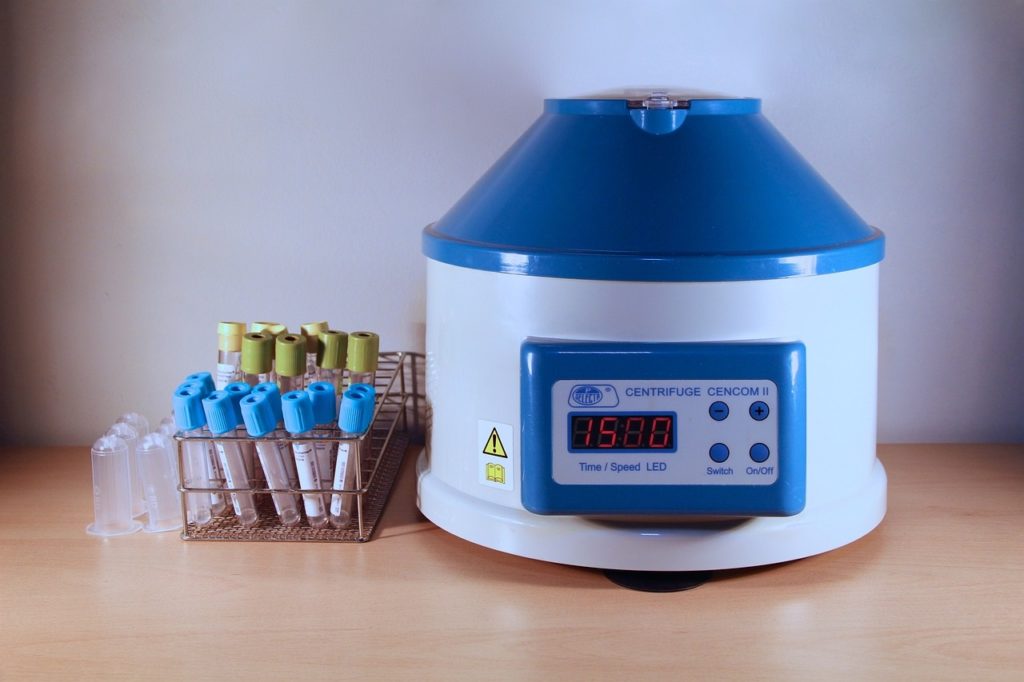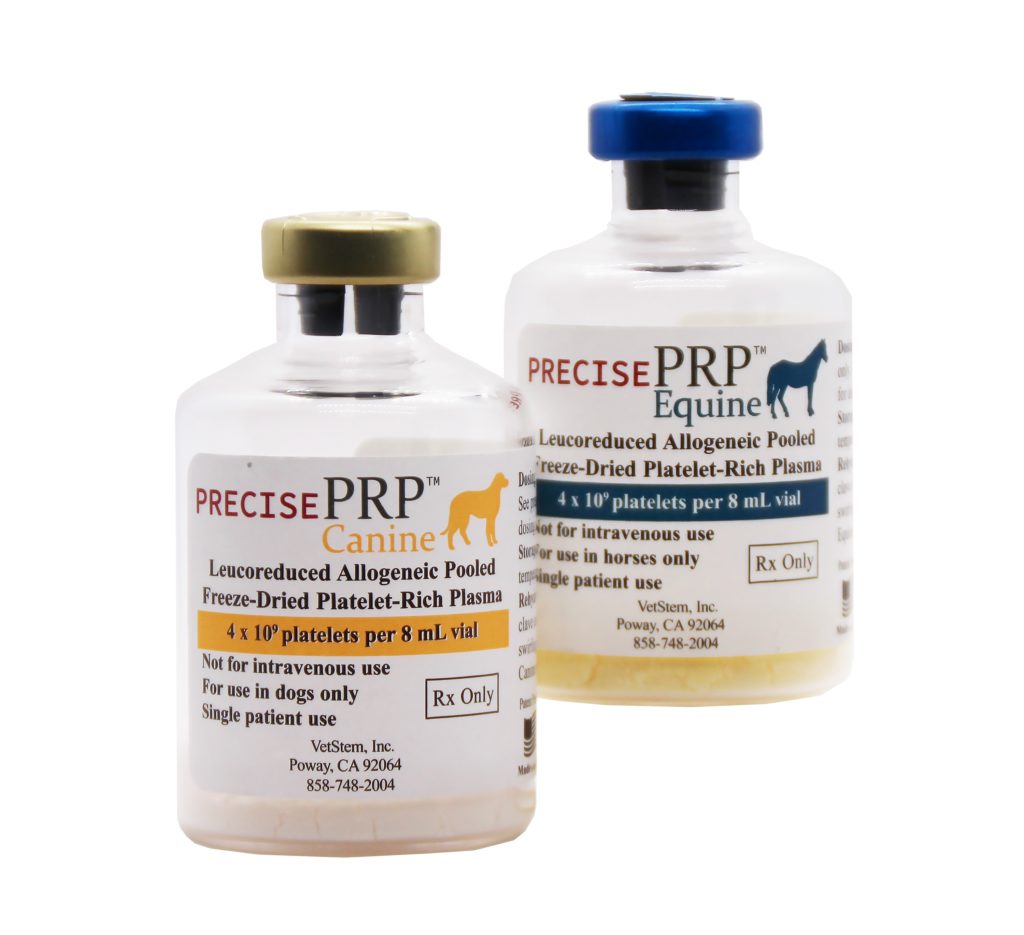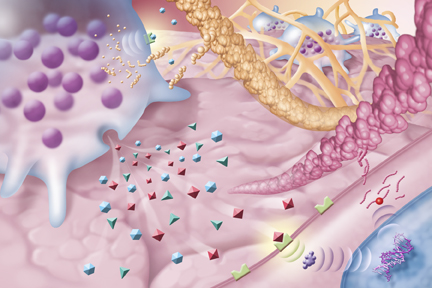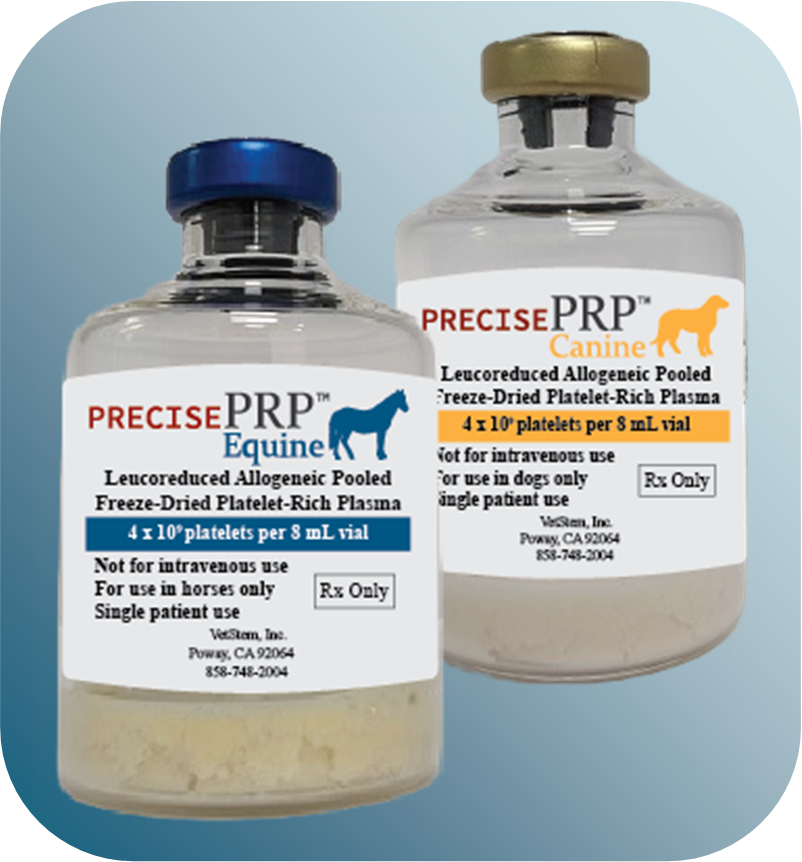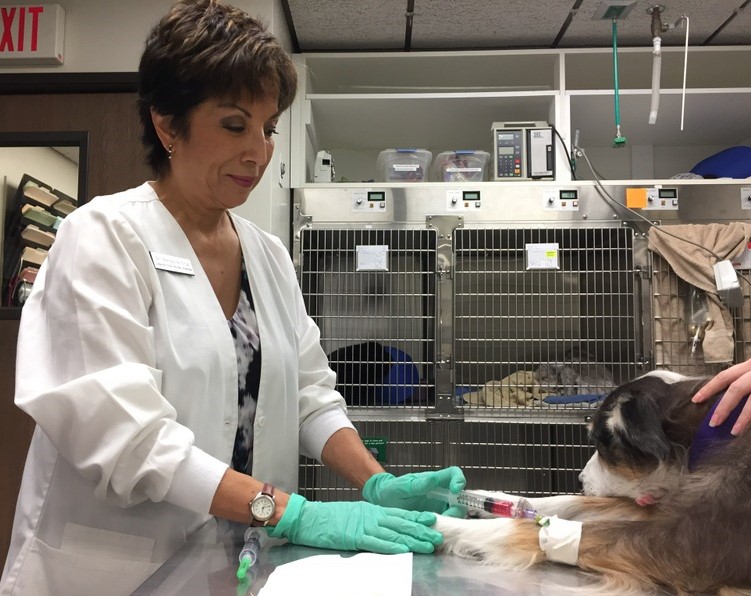The Father of MSCs: Remembering Dr. Arnold Caplan
Dr. Arnold Caplan, a friend, a colleague, and a mentor, recently passed away. The loss to the human AND veterinary medical fields is enormous. Arnold “Arnie” Caplan, a pioneering researcher in the field of regenerative medicine, is renowned for his groundbreaking work with mesenchymal stem cells (MSCs). Arnie earned his Ph.D. from John Hopkins University School of Medicine. He has since dedicated his career to advancing our understanding of stem cell biology. In the late 1980s, Caplan identified and isolated mesenchymal stem cells from bone marrow, a discovery that created the field of regenerative medicine. His work laid the foundation for exploring the therapeutic potential of MSCs in hundreds of medical applications.
Caplan’s research highlighted the regenerative properties of MSCs, marking them as promising candidates for tissue repair and regeneration. Over the years, his contributions have not only advanced our understanding of stem cell biology but have also opened doors to new possibilities in regenerative medicine, with MSCs being explored as potential treatments for conditions such as osteoarthritis, cardiovascular diseases, and immune disorders.
Most significantly, Arnie never stopped exploring the boundaries of what stem cells could do. He adamantly admitted he was wrong about stem cell mechanisms and re-named them Medicinal Signaling Cells to show they were the body’s drug store. Every 3-5 years he would renovate our understanding of these healing cells, showing they could block inflammation, treat pain, modulate the immune system, and stimulate healing.
Dr. Caplan’s work has left an indelible mark on the field, shaping the trajectory of regenerative medicine and offering hope for innovative therapeutic interventions. He founded numerous companies and filed many foundational patents.
For our founder and CEO, Dr. Bob Harman, Dr. Caplan was a guide through the complicated research literature, inviting us to enter his world of human medicine. He knew that veterinarians would be the pioneers and that the data we created would be transformative. He was correct. And with his urging and blessing, our veterinary regenerative medicine company, VetStem, gathered its complete veterinary data and sought FDA approval to extend our expertise to human treatments. The FDA granted approval, making us the pioneering company to demonstrate the reality of “One Medicine” and showcase how veterinary data can accelerate advancements in human medicine.
Arnie, you will be missed by everyone in the field, but your wisdom will impact the field for decades to come. Long live MSC’s.

